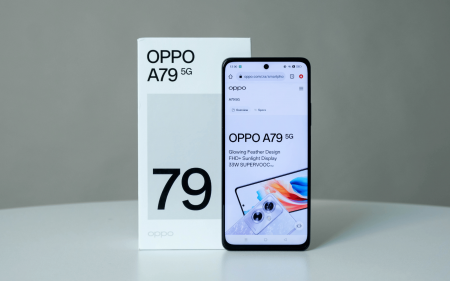One of my favourite gadgets is an all-in-one CD player from Muji – that brandless brand from Japan.
Beautifully designed with striking simplicity, it is not much bigger than the CD itself and has the speakers built into the casing. A thin wire, which hangs down from its centre, is both the power cable and on-off switch.
It hangs on the side of my fridge, and I play mostly jazz when I’m cooking or reading at my kitchen counter.
As much as I love the styling and simplicity, it reaffirms two of my unassailable truths about consumer electronics: it is simple and beautiful.
I’m often asked why Apple has made itself so successful, and these are the two key ingredients I cite.
As Steve Jobs, co-founder of Apple and Pixar, told me in an interview in Paris a few years ago, Apple excels at “making very state-of-the-art technology and making it easy to use for mere mortals like us who have busy lives and don’t want to read manuals”.
The iPhone 3G, which went on sale recently, is a great example of this.
Everything Muji makes is the ultimate realisation of this brandless elegance. It’s an antidote to the materialistic, logo-driven brand culture that sprung up in the 1980s and has spiralled out of control since.
The name comes from “mujirushi ryohin”, which translates as “no-brand quality goods”. The concept was the brainchild of Seiji Tsutsumi, then president of the Seiyu supermarket chain in Japan, who saw that store-brand goods were thought of by consumers as being of lower quality.
With only 40 items (nine household and 31 food products), what was initially a store-within-a-store concept opened in 1980 and got its first dedicated shop in 1983. So unique was the concept and so widespread the media coverage, according to a book on Muji by Southbank Publishing given to me as a birthday present, that sales were 10 times the forecast ¥120-million (R8.6-million).
The product line had grown to 720 by then and is now 7000 items – all simply packaged in the same clear plastic coating – made in black, white or khaki, with the trademark dark red name.
Muji had 181 stores and 147 outlets in Japan in February 2008. It’s products are sold in eight European cities and six Asian countries. I even found the brand, appropriately, in New York’s Museum of Modern Art.
The wall-mounted CD player is so art-like in its elegance and simplicity that it could hang as product art in a design museum, as much as Jonny Ive’s iconic iPod, iMac and other designs for Apple. I saw them on show at London’s Design Museum.
Sure, hi-tech wizardry is so Japanese, you might think, but the simple elegance of everything from beech tables (with an amazingly Scandinavian aesthetic), clear Perspex pens and containers, simple stationery, and kitchen equipment and bathroom items that are all so simple but so cool are Muji’s stock-in-trade.
The simple steel set of knives and forks I use are so George Jensenesque you’d be hard pressed to tell the difference.
Muji is my favourite store.
I found it one day in London and was as hooked as Cayce Pollard, the brand-allergic central character of William Gibson’s novel Pattern Recognition, a concept for which this column is named. Gibson coined the term “cyberspace” and is as much a Japanophile as me.
Muji is purity of design incarnate, so Japanese and yet so universal.
What I love about Muji’s no-brand quality goods is that they have transcended our culture of branding a product so as to convey status, elegance and quality by imbuing their products with these essences and letting them sell themselves.
If only there was a Muji store in South Africa.
This column originally appeared in The Times newspaper on 24 September 2008





